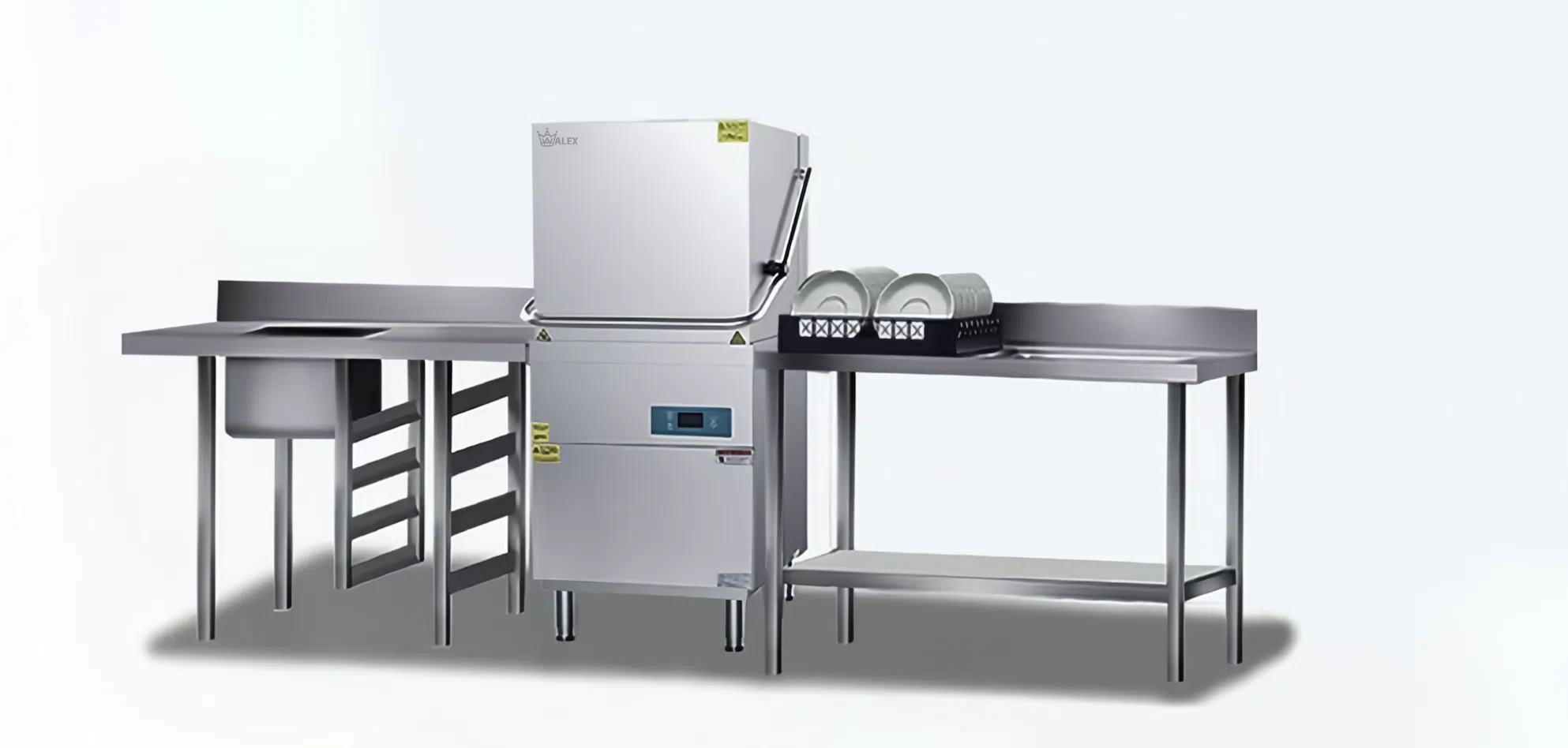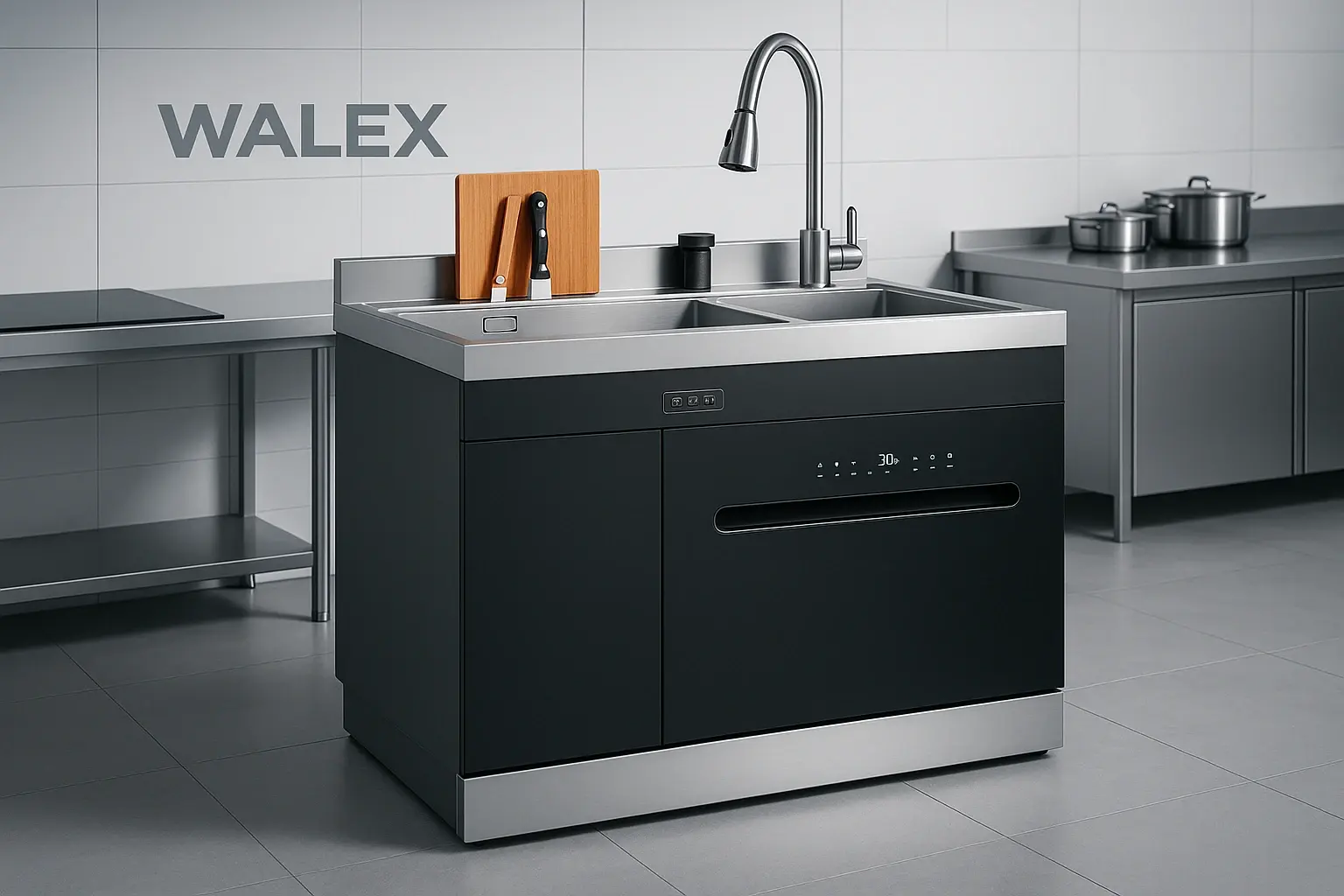The allure of restaurant-quality dishwashing speed at home has led many homeowners to consider installing commercial dishwashers in their kitchens. With cycle times as short as 90 seconds compared to residential dishwashers that can take up to 4 hours, the appeal is understandable. However, the reality of bringing commercial-grade equipment into a home environment involves significant challenges that extend far beyond the initial purchase price.
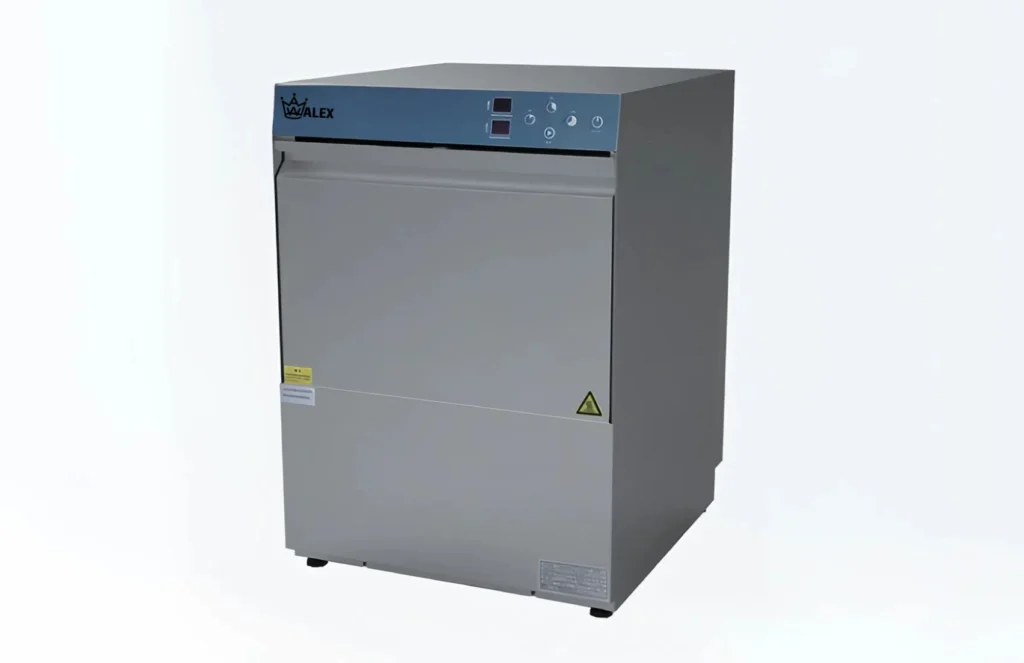
A stainless steel commercial undercounter dishwasher with its door open, revealing plates and glasses inside
Commercial dishwashers represent a fundamentally different approach to dishwashing compared to their residential counterparts. While residential models are designed as all-in-one cleaning solutions that handle everything from soaking caked-on food to sanitizing, commercial units function more as high-temperature sterilizers. This distinction becomes crucial when considering their practical application in home kitchens.
The Compelling Advantages: Why Homeowners Consider Commercial Units
Speed and Efficiency That Changes Kitchen Workflow
The most striking advantage of commercial dishwashers is their remarkable speed. While residential dishwashers typically require 1.5 to 4 hours for a complete cycle, commercial units can sanitize a full rack of dishes in just 90 seconds to 6 minutes.
For households that frequently entertain or generate large volumes of dishes, this efficiency can transform kitchen operations.
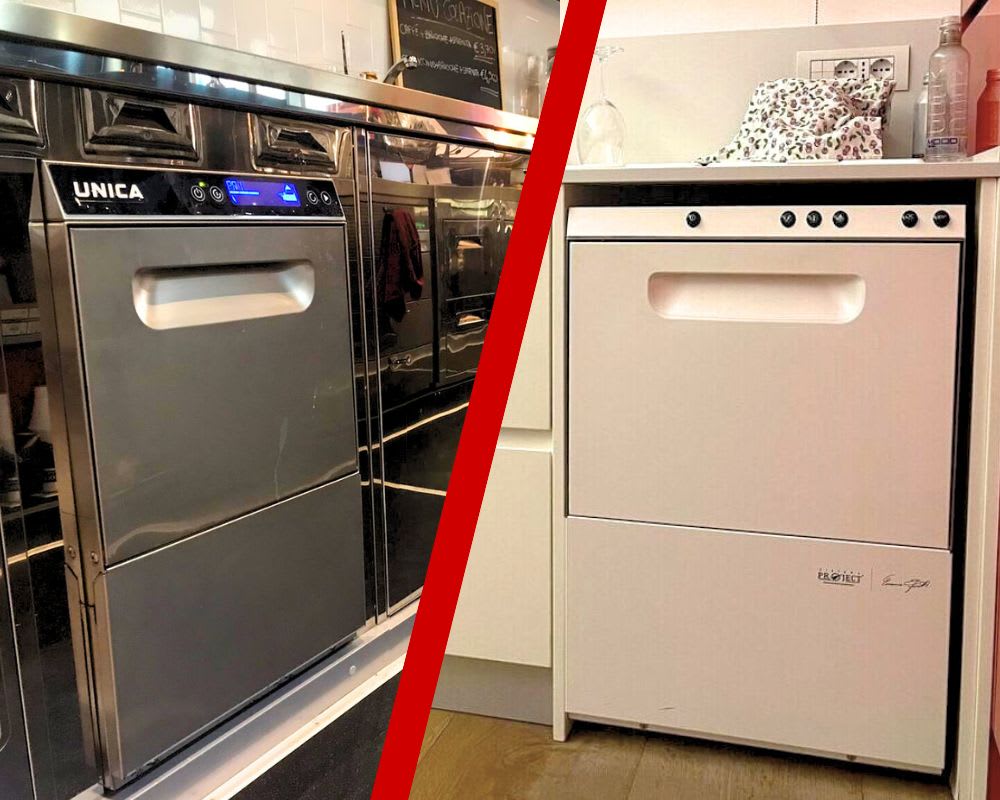
Side-by-side comparison of a commercial dishwasher and a domestic dishwasher in kitchen cabinetry highlighting design and control differences
Commercial units can process 24 to 65 racks per hour, far exceeding the capacity of residential models that handle 8-12 place settings per cycle. This throughput advantage becomes particularly valuable during dinner parties, holiday gatherings, or for families with extensive cooking activities.
Superior Sanitization and Professional Results
Commercial dishwashers achieve sanitization standards that residential units cannot match. The final rinse temperature in commercial units reaches 180-195°F (82-90°C), compared to 140-160°F (60-71°C) in residential models. This higher temperature provides superior bacteria elimination through thermal sanitization, meeting health code standards required in commercial food service.
The professional-grade cleaning performance delivers restaurant-quality results, with spotless glassware and completely sanitized dishes. For homeowners who prioritize cleanliness or have specific sanitization requirements, this capability represents a significant upgrade from standard residential performance.
Built for Durability and Heavy Use
Commercial dishwashers are engineered for intensive daily operation, typically lasting 10-15 years compared to 8-12 years for residential units. The robust construction using commercial-grade components and stainless steel construction ensures longevity even under heavy use.
The Reality Check: Significant Disadvantages and Challenges
Noise Levels That Disrupt Home Life
One of the most immediately noticeable drawbacks is the substantial noise production. Commercial dishwashers operate at 55-80+ decibels, significantly louder than residential models that typically run at 40-50 decibels. To put this in perspective, 55 decibels is comparable to normal conversation, while levels above 70 decibels approach the noise of a busy restaurant.
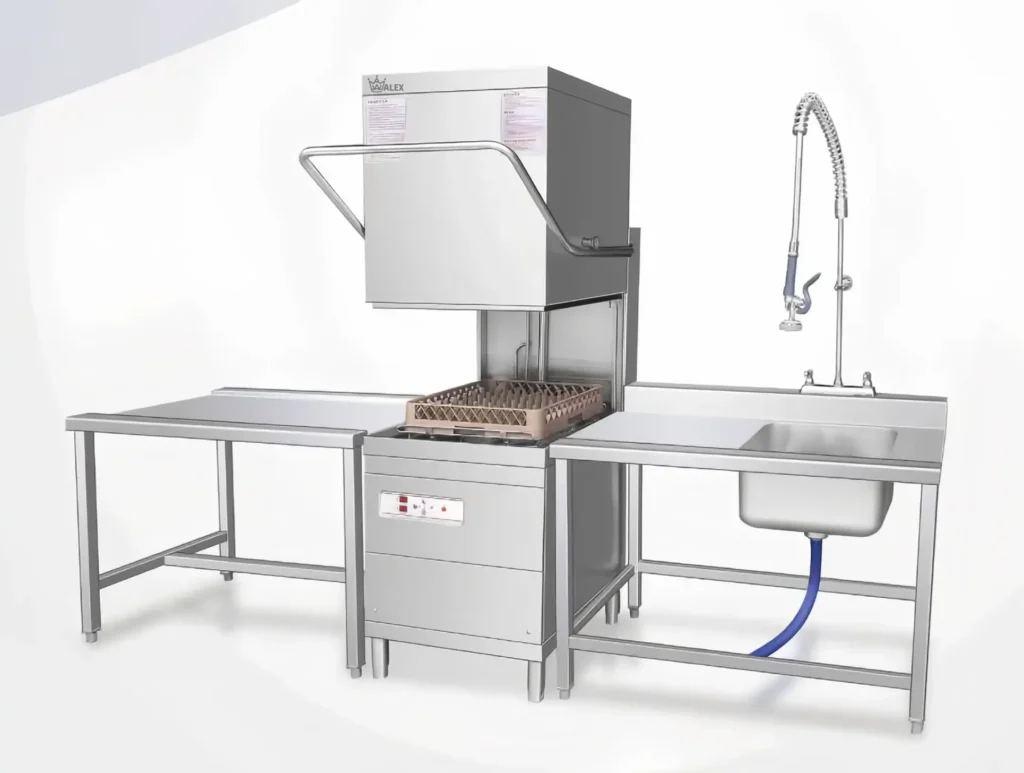
A stainless steel hood-type commercial dishwasher loaded with plates, illustrating professional kitchen equipment
This noise level becomes particularly problematic in open-concept homes where kitchens flow into living areas. The loud operation can disrupt conversations, television viewing, and peaceful home environments, especially during evening hours when dishwashers are commonly used.
Complex Installation Requirements and Costs
Installing a commercial dishwasher in a home requires extensive modifications that go far beyond standard appliance replacement. The installation challenges include multiple technical requirements that significantly increase both complexity and cost.
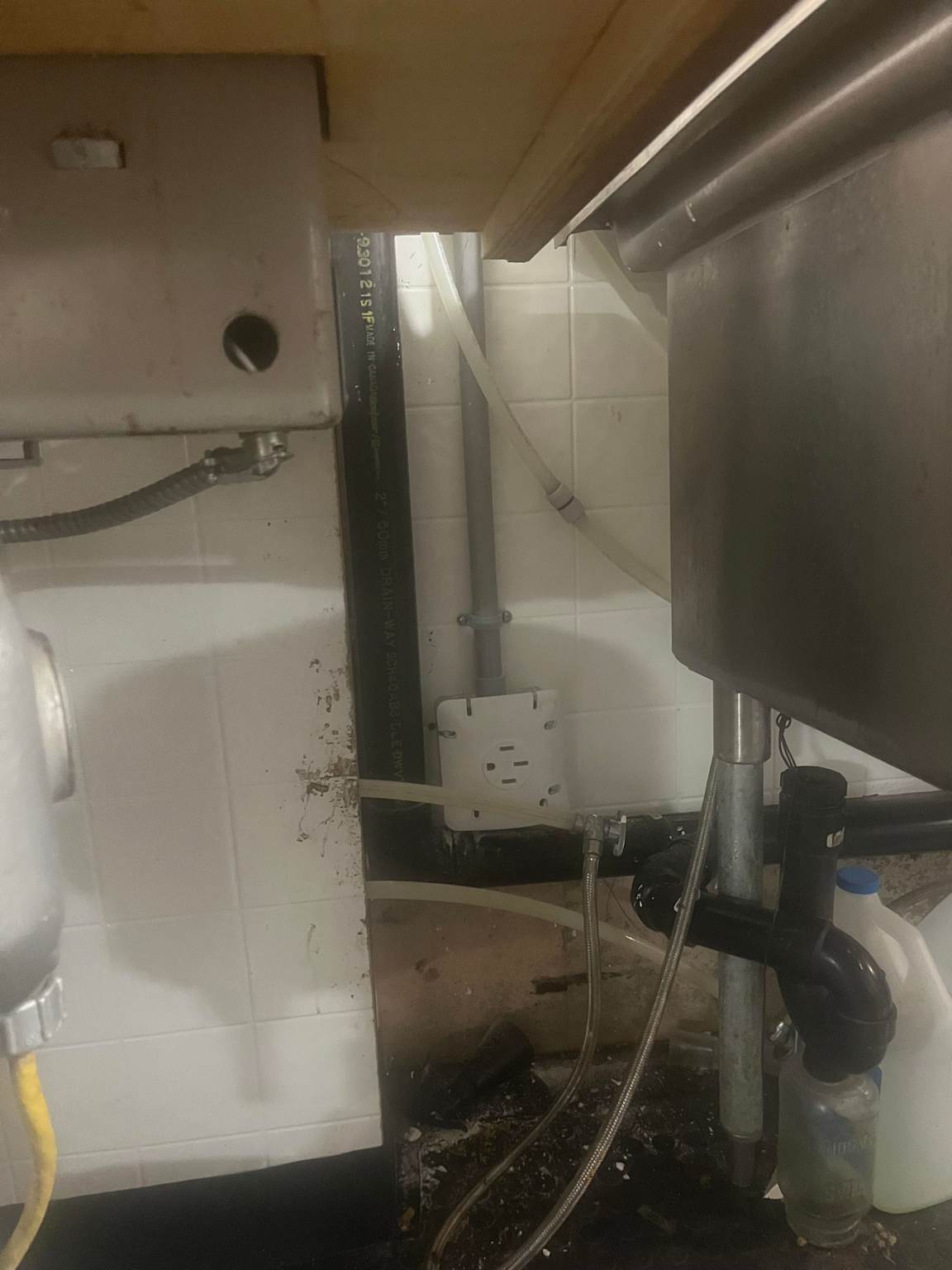
Plumbing and electrical setup under a commercial dishwasher showing water lines, drainage, and power outlet connections
The electrical requirements alone present major obstacles for most homes. Commercial dishwashers typically require 208V or 240V power, with many models demanding three-phase electrical service that is rarely available in residential settings. Installing three-phase power can cost $1,000 to $5,000, and in some cases may require utility company involvement costing $15,000 or more.
Plumbing modifications are equally demanding. Commercial units require higher water pressure and cannot use standard PVC piping due to the extreme temperatures involved 1. The hot water must reach the unit at 180°F, often requiring booster heaters and specialized metal piping that can withstand the heat and pressure.
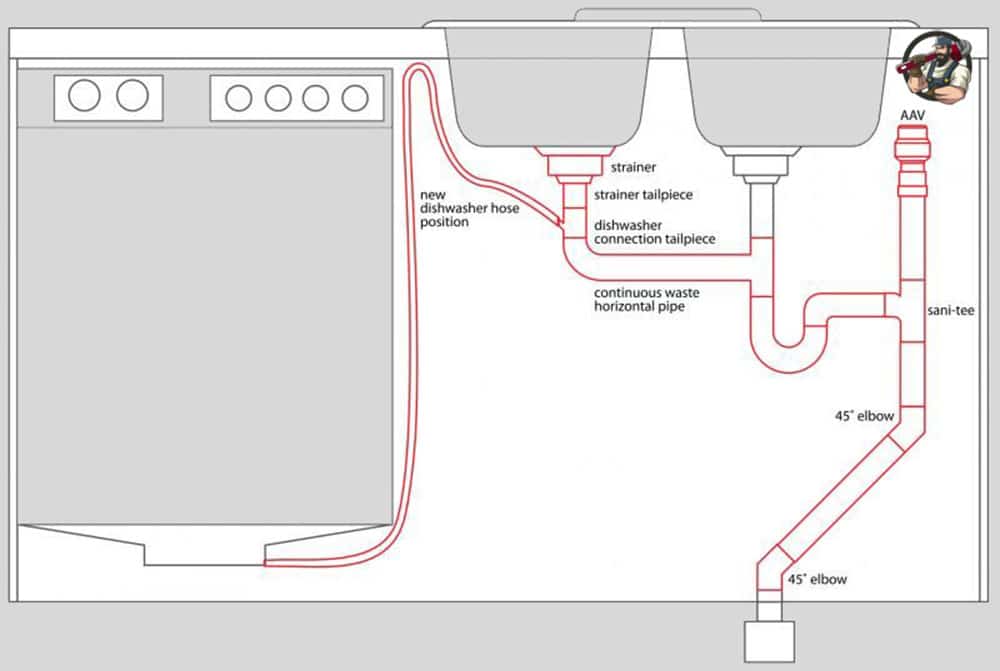
Schematic diagram showing dishwasher plumbing installation and hose connection under a kitchen sink
Substantial Financial Investment Beyond Purchase Price
The true cost of commercial dishwasher ownership extends far beyond the initial purchase price of $2,500 to $15,000+. Installation costs typically range from $2,000 to $5,000 for undercounter models and can exceed $10,000 for more complex installations.
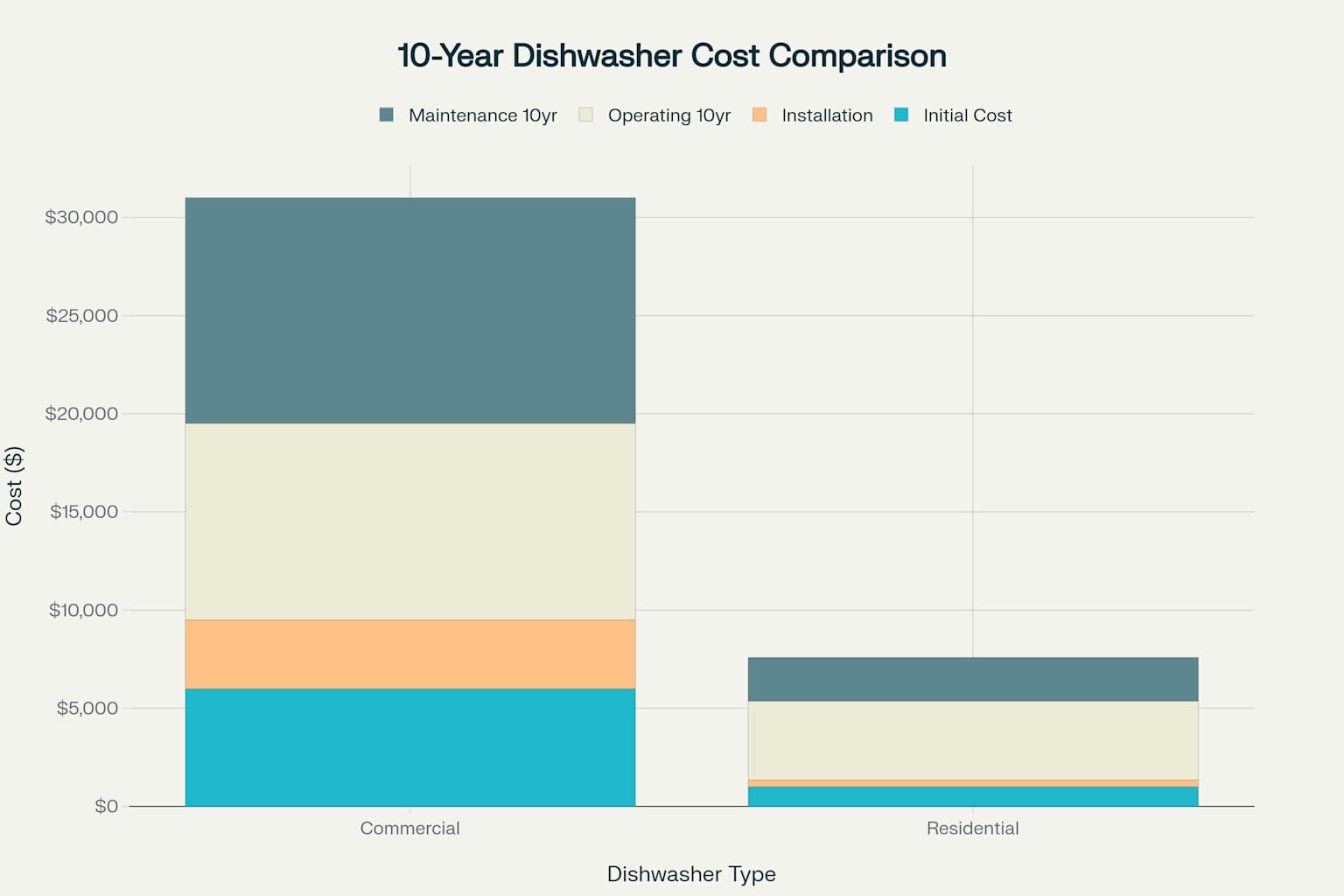
Total Cost of Ownership: Commercial vs Residential Dishwashers (10-Year Period)
Operating costs are significantly higher due to increased energy consumption of 2-6 kW compared to 1-2 kW for residential units. Commercial dishwashers also require specialized detergents and rinse aids that cost more than standard household products.
Maintenance represents another substantial ongoing expense. Commercial units require professional maintenance costing $500 to $2,000+ annually, compared to $100-$400 for residential models. This includes regular descaling, seal replacement, and professional service calls that homeowners cannot perform themselves.
Pre-Cleaning Requirements Change User Experience
Unlike residential dishwashers that can handle caked-on food, commercial units require thorough pre-cleaning.
Dishes must be scraped, rinsed, and essentially cleaned before entering the machine, which functions primarily as a sanitizer rather than a cleaner. This requirement eliminates much of the convenience that homeowners expect from dishwashers.
Insurance and Legal Implications
Installing commercial equipment in residential settings can have serious insurance implications. Homeowner’s insurance policies may not cover commercial appliances, and failure to notify insurance companies before installation could void coverage entirely. Some insurers increase premiums for homes with commercial equipment due to the additional risks involved.
Who Should Consider Commercial Dishwashers at Home
Despite the challenges, commercial dishwashers may be appropriate for specific situations. Home-based catering businesses, frequent large-scale entertainers, or households with extremely high dish volumes might justify the investment. The key is ensuring that the benefits outweigh the substantial costs and complications.
Successful installations typically involve:
- Adequate space for proper ventilation and steam management
- Available three-phase electrical service or budget for electrical upgrades
- Understanding of pre-cleaning requirements
- Budget for ongoing professional maintenance
- Insurance company approval

Stainless steel commercial undercounter dishwasher with wine glasses inside, suitable for home kitchen use
Better Alternatives for Most Homeowners
For most households, high-end residential dishwashers provide a better balance of performance and practicality. Modern residential units offer features like sanitizing cycles, stainless steel construction, and quiet operation while maintaining the convenience of handling soiled dishes without pre-cleaning.
Multiple residential dishwashers or dishwasher drawers can provide increased capacity without the complications of commercial equipment. This approach offers redundancy and flexibility while using standard residential infrastructure.
Final Recommendations
The decision to install a commercial dishwasher at home requires careful consideration of the total cost of ownership, installation complexity, and operational requirements. While the speed and sanitization capabilities are impressive, the noise levels, installation costs, and ongoing maintenance requirements make them impractical for most residential applications.
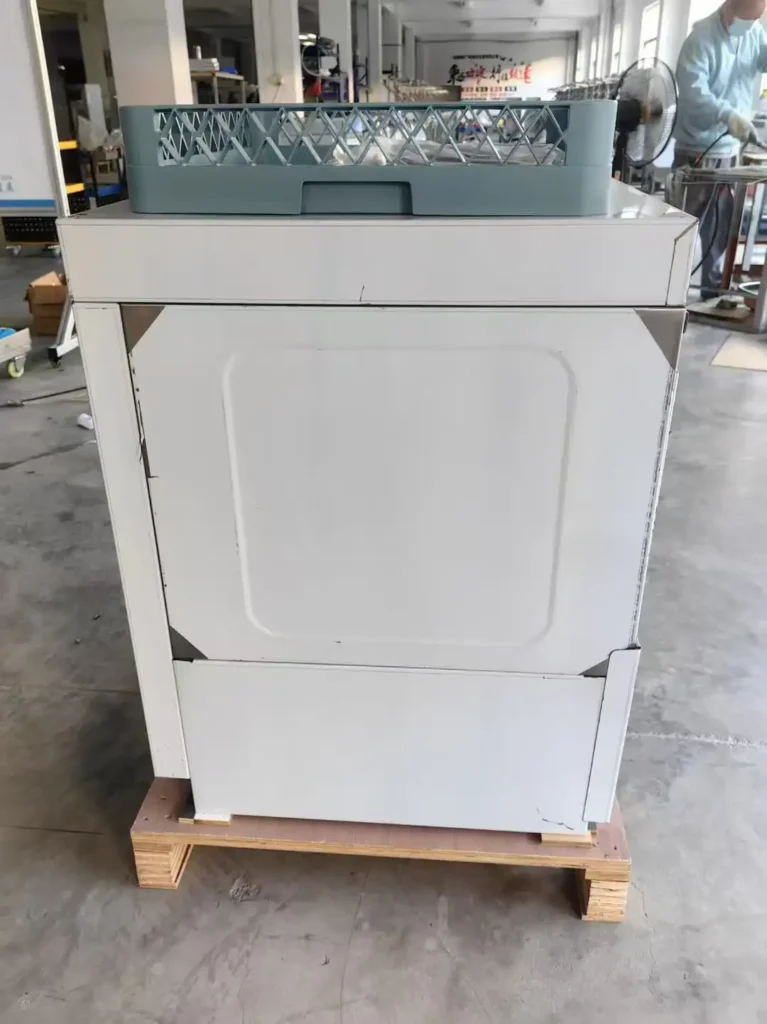
A commercial undercounter dishwasher with dishes inside, ready for cleaning
Before proceeding, homeowners should:
- Consult with licensed electricians, plumbers, and HVAC specialists
- Contact insurance companies to understand coverage implications
- Consider whether high-end residential alternatives might meet their needs
- Factor installation costs into the total budget (often 50-100% of purchase price)
- Evaluate the long-term commitment to professional maintenance
For the vast majority of homeowners, the combination of installation complexity, ongoing costs, and operational requirements makes commercial dishwashers an impractical choice. The romance of restaurant-speed dishwashing often gives way to the reality of restaurant-level infrastructure requirements and maintenance demands.
